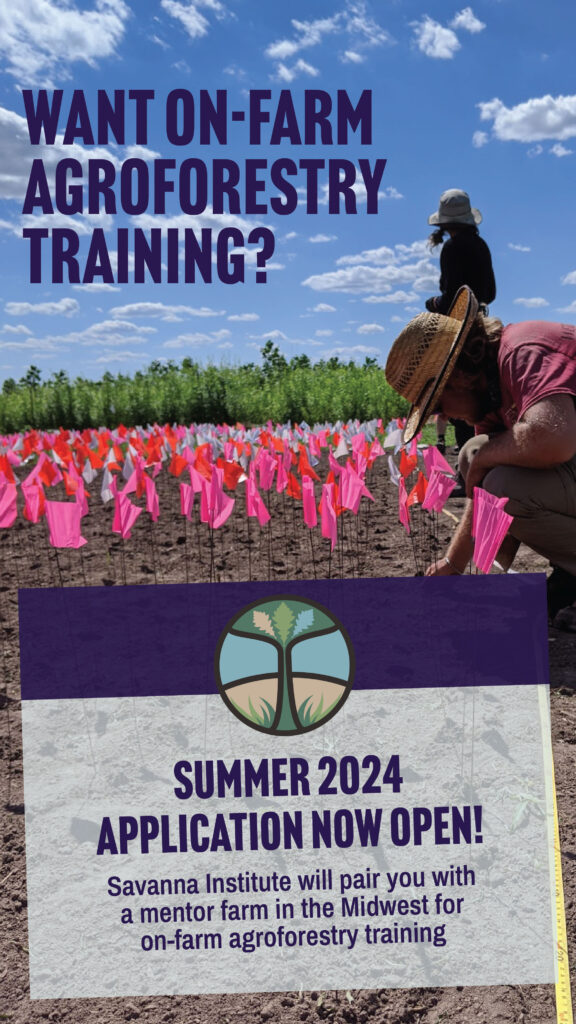
sponsored by

BREAKOUT SESSION D
Spoilage incidence and pre-treatment in chestnut cultivars
Your Subtitle Goes Here
U.S. chestnut production is expanding as the knowledge of seedling cultivation and germplasm advances. Chestnuts’ high starch and water content make them highly perishable and require cold storage immediately following harvest. Post-harvest spoilage remains a significant area for improvement. Several post-harvest fungi (including Fusarium spp, Penicillium spp, and Phomopsis castanea) can infect chestnuts during storage, and growers note annual crop losses range up to 10%, effecting trees differentially. Our research objectives were to (i) evaluate spoilage incidence on the interior (pellicle, kernel) and exterior (nutshell) of the nut over 200 days of cold storage and (ii) assess the impact of pre-storage chemical treatments for mold suppression on ‘Qing’ nuts. Fourteen sampling dates were observed over the study period with four replications of 16 nuts per sampling time. An additional four replicates of 16 ‘Qing’ nuts were given pre-storage treatments over seven sampling dates. The nut interior (kernel and pellicle) had the highest spoilage incidence after 200 days, with over >30% spoilage in four cultivars. On average, cultivars had an average of 10% internal spoilage after 60 days in storage. ‘Hong Kong’ had the highest degree of unmarketable nuts by the end of the study at 60%, while ‘Qing’ and ‘Mossbarger’ had the lowest rate with only 14% unmarketable. External incidence while lower is visible to buyers and has clear impact on nut marketability. Four cultivars had greater than >25% spoilage incidence at 200 days. ‘Kohr’ had the most spoiled nuts (35.9%), and ‘Mossbarger’ the least (3.12%). Each pre-storage treatment reduced spoilage rates in ‘Qing’ compared to the control. This study provides evidence that genotype influences spoilage mold incidence and supports that growers market their nuts in less than 60 days. These data also inform breeding parent combinations and studies of inheritance mold tolerance at the University of Missouri breeding program.
J. Bryan Webber, Center for Agroforestry, School of Natural Resources, University of Missouri
Ronald Revord, Center for Agroforestry, School of Natural Resources, University of Missouri
Additional authors:
Darcy Gordon, Center for Agroforestry, School of Natural Resources, University of Missouri
Adolfo Rosati, Council for Agricultural Research and Economics (CREA), Research Centre for Olive, Fruit and Citrus Crops, Italy
Nicholas Meier, Center for Agroforestry, School of Natural Resources, University of Missouri
Development of genomic tools for improving efficiency of selection in Corylus americana and C. americana x C. avellana hybrids
Your Subtitle Goes Here
Alternative specialty crops can provide small-to-medium scale Midwestern farmers in the United States an important avenue to financial diversification, and crops that facilitate the transition from the maize-soybean rotation toward agroforestry systems can play a critical role in this respect. The understory shrub American hazelnut (Corylus americana), native to Wisconsin, could provide such an opportunity, if commercially viable varieties were available. Not only is the current global market for hazelnut anticipated to double in size over the coming decade, at maturity the oil and protein yield of this nut crop is competitive with that of soybean, a dominant annual monoculture in the region. Estimates suggest that if planted across large acreage, replacing the 84 million acres of soybeans currently grown in the Midwestern United States annually, 1500 Mt of carbon (roughly 1/3 of annual US CO2 emissions) could be sequestered in woody biomass alone. The permanent root system could provide a critical function in reducing erosion and trapping nutrient run-off, two ecological problems currently plaguing excessively tilled and over-fertilized agricultural soils in this region.
Dr. Scott Brainard, Research Fellow – Savanna Institute, Research Associate – University of Wisconsin-Madison
Additional authors:
Julie Dawson, University of Wisconsin-Madison
Lois Braun, University of Minnesota
Jason Fischbach, University of Wisconsin-Madison
Black Walnut Breeding for Kernel Cultivars
Your Subtitle Goes Here
Black walnut (Juglans nigra L.) is a tree crop with great potential for expansion throughout the Midwest United States. It suffers, however, from a lack of improved cultivars for nut production with the existing regional markets relying predominantly on crops from wild trees. Over the last 20 years, numerous genetic resources were developed at the University of Missouri Center for Agroforestry to improve eastern black walnut for nut and kernel production. These resources include the first black walnut mapping population, a full-sibling diallel population, and a diverse collection of elite breeding parents. The insights gained from both phenotypic and genotypic analysis of these resources inform our breeding efforts to develop precocious, consistently high-yielding cultivars that yield nuts with a high percentage of kernel and a mild flavor. Today, the program is in the process of releasing its first group of selections to growers. These selections provide excellent evidence of the potential to breed improved black walnut, within only a few generations. As the breeding program proceeds, marker-assisted selection will be integrated into high throughput phenotyping and accelerate genetic gains.
Benjamin Bishop, University of Missouri Center for Agroforestry
Additional authors:
Ben Jablonski, University of Missouri Center for Agroforestry
Nicholas Meier, University of Missouri Center for Agroforestry
J. Bryan Webber, University of Missouri Center for Agroforestry
Ron Revord, University of Missouri Center for Agroforestry
Mark Coggeshall, University of Missouri Center for Agroforestry
Participatory chestnut breeding – establishing a participant network to characterize genetic diversity and ancestry of superior on-farm germplasm
Your Subtitle Goes Here
In recent decades, U.S. chestnut cultivation for nut production has rapidly increased through grower led advancement. Much of that advancement results from growers cultivating open-pollinated seedlings sourced from parent cultivars located in the germplasm collection at the University of Missouri Horticulture and Agroforestry Research Center. This organization of parents and offspring offers us structure to work with growers to discover which individuals and families perform best and where. In May 2020, the University of Missouri Center for Agroforestry, in collaboration with the University of Notre Dame (ND) and grower partners, received a 3-year, $923,155 grant from the USDA Specialty Crop Multi-State Program. The project is to formalize a participatory network of chestnut growers across the eastern half of the U.S. and coordinate the systematic genetic improvement of these seedling families within on-farm environments. Our effort’s first steps are to evaluate seedlings in growers’ orchards and assemble them into the next generation of cultivated selections and breeding parents. This year, evaluations began across five states with 12 growers. Each grower worked with us to select their top 10% best seedling trees, totaling 262 unique individuals, and each tree was evaluated for architecture, yield parameters, and tolerance to pests and disease. Leaf and nut samples were also collected and evaluated for morphological and quality traits. High genetic diversity was apparent among the seedling selections, reinforcing these on-farm materials’ value as a genetic resource. In our second year of the project, we are positioned to evaluate over 600 trees at over two dozen farms. Additionally, ND collaborators will begin genotyping the selections to assess the collection’s genetic diversity and reconstruct parentage and ancestry. The on-farm selections, and all genotype and phenotype information, will be incorporated into a new germplasm management database for the grower network, powered by the software E-Brida.
Dr. Ron Revord, University of Missouri Center for Agroforestry, School of Natural Resources, Columbia, MO, USA
Additional authors:
Dr. Jeanne Romero-Severson, University of Notre Dame, Department of Biological Sciences, South Bend, IN
Dr. Michael Gold, University of Missouri Center for Agroforestry, School of Natural Resources, Columbia, MO
John Bryan Webber, University of Missouri Center for Agroforestry, School of Natural Resources, Columbia, MO
Dr. Nick Meier, University of Missouri Center for Agroforestry, School of Natural Resources, Columbia, MO, USA
Dr. Greg Miller, Empire Chestnut Farm, Carrolton, OH
JOIN SESSION
Your Subtitle Goes Here
Meeting ID: 823 5293 5937
Passcode: 362597
Dial by your location
+1 312 626 6799 US (Chicago)
+1 646 558 8656 US (New York)
+1 301 715 8592 US (Washington DC)
+1 346 248 7799 US (Houston)
+1 669 900 9128 US (San Jose)
+1 253 215 8782 US (Tacoma)

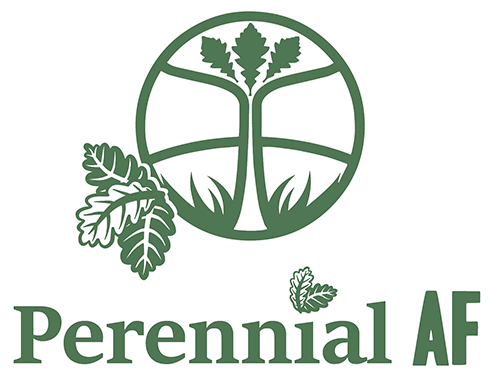


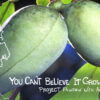 🔊 “You Can’t Believe It Grows Here” – Project Pawpaw with Adam D’Angelo
🔊 “You Can’t Believe It Grows Here” – Project Pawpaw with Adam D’Angelo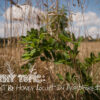 🔊 A Thorny Topic: Black Locust and Honey Locust for Agroforestry
🔊 A Thorny Topic: Black Locust and Honey Locust for Agroforestry 🔊 “Spreadsheets on the Radio” – Farm Viability and the Fruit & Nut Compass with John Hendrickson
🔊 “Spreadsheets on the Radio” – Farm Viability and the Fruit & Nut Compass with John Hendrickson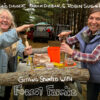 🔊 Getting Started with Forest Farming – Ingrid Daudert, Karam Sheban, and Robin Suggs
🔊 Getting Started with Forest Farming – Ingrid Daudert, Karam Sheban, and Robin Suggs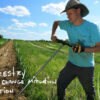 🔊 Agroforestry for Climate Change Mitigation and Adaptation – with Nate Lawrence and Monika Shea
🔊 Agroforestry for Climate Change Mitigation and Adaptation – with Nate Lawrence and Monika Shea